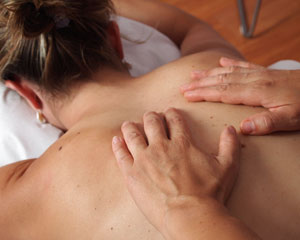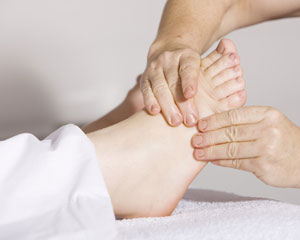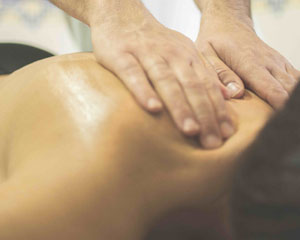Physical therapy is a health care profession primarily concerned with the remediation of impairments and disabilities and the promotion of functional ability, quality of life and movement potential through examination, evaluation, diagnosis and physical intervention
Physical Therapy has seven different components of rehabilitation
» Orthopedic
» Cardiovascular and Pulmonary
» Sports injuries
» Neurological
» Pediatric
» Hand
» Geriatric health care
1. Orthopedic: Orthopedic physical therapists diagnose, manage and treat disorders and injuries of musculoskeletal system. This also includes post-operative orthopedic procedures, fractures, arthritis, ligament sprain and injuries, muscle strain, joint pain, neck and spinal conditions, amputation.
Means:
» Orthotics and Prosthetics
» Electrotherapy: Cryotherapy, Heat Therapy, Wax, Electrical Stimulation, SWD( Short Wave Diathermy), Tens, Ultrasound, IFT( Interferential Therapy), Traction.
» Exercise therapy: Joint mobilization, strength training.
» Gait training
2. Cardiovascular and Pulmonary: Physical therapists treat wide variety of individuals with cardiopulmonary disorders or those who have had cardio-pulmonary surgery.
Goals:
» Increase endurance
» Increase functional independence
» Facilitate and shorten the period of recovery
» To improve cardiopulmonary capacity
» Encourage physical fitness.
» Improve the patient’s quality of life.
Means:
» Deep breathing exercise
» Huffing and coughing
» Postural drainage
» Thoracic expansion exercises
» Spirometer
» Arm and limb movements
3. Sports injuries: The aim of PT is to treat fully and rehabilitate the athlete post injury to prevent further injury and to return the athlete to sport in the shortest possible time.
Types of sports injuries: Ankle sprain, groin pull, shin splints, tendinitis, hamstring pull, strained lower back, runner’s knee, separated shoulder, wrist sprain, ACL sprain etc.
Methods of rehabilitation:
» RICE: Rest, Ice, Compression and Elevation
» Electrotherapy: Tens, Ultrasound
» Exercise therapy: Massage helps to relax tight muscles, decrease swelling, reduce tissue adhesions and pain relief. Stretching, Range of motion exercises, strengthening exercise, gait training
» Patient re-education to return back to normal physical activity
4. Neurological: Neurological physical therapy is a field focused on working with individuals who have a neurological disease or disorder. These include brain injury, cerebral palsy, multiple sclerosis, Parkinson’s disease, spinal cord injury and stroke.
Means of rehabilitation:
» To improve the muscle tone.
» Strength training
» Joint proprioception
» Balance training
» Gait training
» Co-ordination exercises
» Stretching
» Proper positioning for preventing contractures and deformities
5. Pediatric rehabilitation: Helps in early detection of health problems. Helps in diagnosis, treatment and management of infants, children and adolescents with a wide variety of congenital, developmental, neuromuscular, skeletal or acquired disorder. Treatment focus on improving gross and fine motor skills, balance, co-ordination, strength and endurance as well as cognitive and sensory integration. Children with developmental delays, cerebral palsy, spina bifida and torticollis are managed by pediatric physiotherapists.
6. Hand rehabilitation: Conditions managed
» Fractures
» Carpal tunnel syndrome
» Ganglion cysts
» DeQuervain’s tenosynovitis
» Ligament sprain
» Finger joint dislocation
Means of rehabilitation:
A Early mobilization of unaffected joints – above and below injury. After immobilization is complete wrist ROM must begin. Putty exercises can be used 1-2 weeks following immobilization.
B Gradually begins with passive range of motion exercises, followed by active assisted exercises, active exercise and resisted exercises.
C Progressive strengthening exercises.
D Finger co-ordination exercises
E Joint mobilization to prevent stiffness
7. Geriatric Health care: Geriatric physical therapy covers a wide area of issues concerning people as they go through normal adult aging. main conditions which affect the individuals as they grow older are arthritis, osteoporosis, cancer, Alzheimer’s disease, hip and joint replacement, balance disorders, incontinence etc.
022 26350001/2/3/4, 9821500054



